Two prizes and major new Chipperfield gallery spaces to be devoted to architecture
The Royal Academy has announced a significant escalation in its support for architecture.
Next year it will launch two international architecture prizes and will also devote much of the David Chipperfield-designed Burlington Gardens scheme to architecture.
It will also stage a major architecture exhibition on the scale of Sensing Spaces every year.
The expansion has been made possible thanks to an undisclosed seven-figure donation from the Dorfman Foundation, better known for its backing of the performing arts.
It is the biggest investment in architecture at the RA this century and will place architecture at the heart of the institution, said Kate Goodwin, head of architecture at the RA.
Although architecture has been part of the academy since it was founded 250 years ago, the only permanent architecture space is currently in a corridor leading to the restaurant.
“We have hit a point where the scope of audience we are able to reach and the limitations of space have started to hinder our ambitions,” said Goodwin.
“I hope we will be able to provoke, inspire, educate and innovate through this gift.
“Architecture is a socially engaged art that impacts all of our lives positively or negatively. We need to improve the visual and spatial literacy of the country and to engage with different communities. We need a shared discussion about how our cities are shaped.”
When the £50 million Chipperfield scheme opens next spring, linking Burlington Gardens to the original building on Piccadilly, it will create an institution comparable in size with the British Museum, said RA chief executive Charles Saumarez Smith.
Burlington Gardens – the old Museum of Mankind – will contain a double-height lecture theatre which will allow larger audiences to engage with an architectural programme of debates, lectures and performances.
It will also house an architecture studio and café in the refurbished Dorfman Senate Rooms which will provide a permanent home for architecture exhibitions. It will allow the RA to stage a major architecture show every autumn.
More than than static displays, the emphasis will be on inviting audiences to engage with the ideas presented. It would be a creative space, said Goodwin, the curator behind the Sensing Spaces blockbuster which brought 1:1 architecture into the RA.
Similarly, historic and contemporary fragments of architecture will be placed around the new building for people to encounter, she said.
Alan Stanton, director of Stanton Williams and an academician, said the RA was able to attract a wider audience into the conversation than some of the other institutions promoting architecture.
“We don’t know quite what we are going to be doing,” he added. “It’s going to be experimental. We should take it month by month, year by year. It’s going to be a very exciting time at the RA.”
The RA’s new architecture prizes
The Royal Academy Architecture Prize will be a medal honouring an “inspiring and enduring” contribution to the culture of architecture and could be given to a non-architect.
The Royal Academy Dorfman Award will champion emerging talent in architecture with a £10,000 purse intended to unleash potential. A longlist will be drawn up representing four geographical regions – UK and Europe, Africa, the Americas and Asia/Australasia. The judges will be looking for individuals and practices with a convincing body of work but who have in some way been limited by opportunity.
Four Dorfman finalists, one from each region, and the winner of the architecture prize will be announced in January 2018. In May they will all be invited to London for a week-long programme of events in the new building and public engagement. The winner of the Dorfman Award will be named and the architecture prize winner will give a lecture.
The inaugural jury will be chaired by Louisa Hutton of Sauerbruch Hutton.









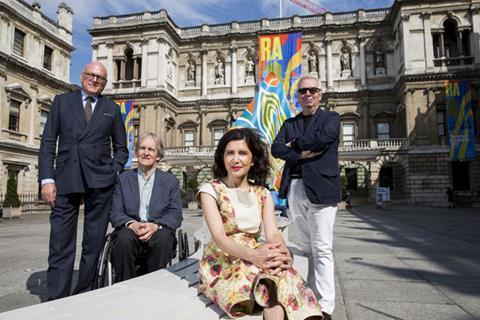

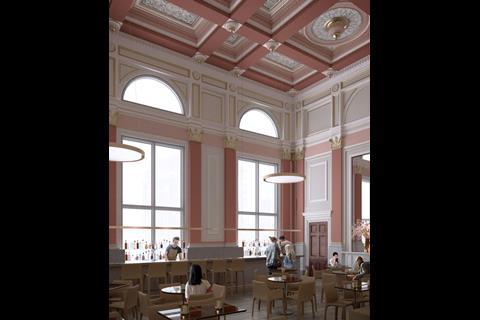
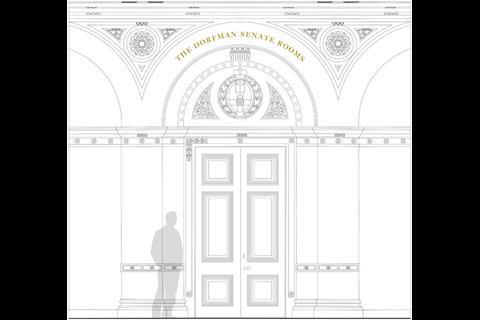
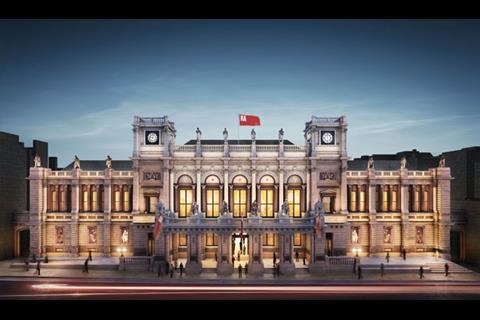

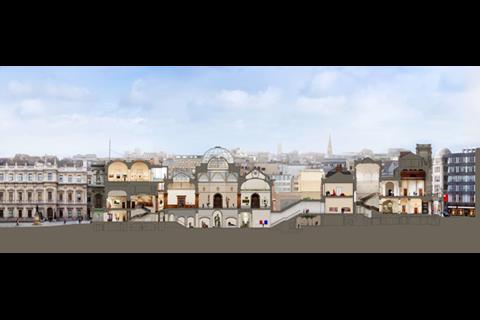

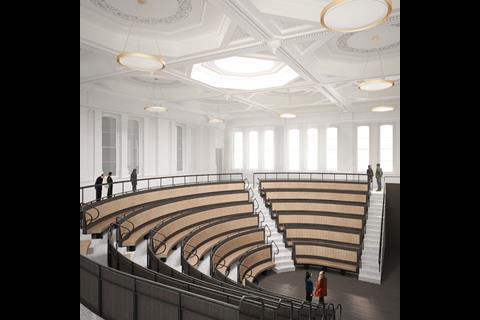

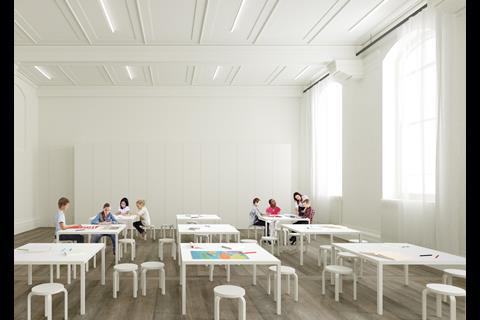
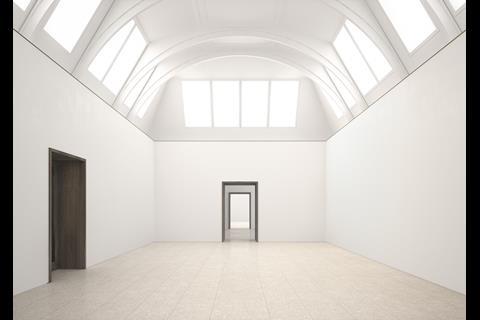








No comments yet